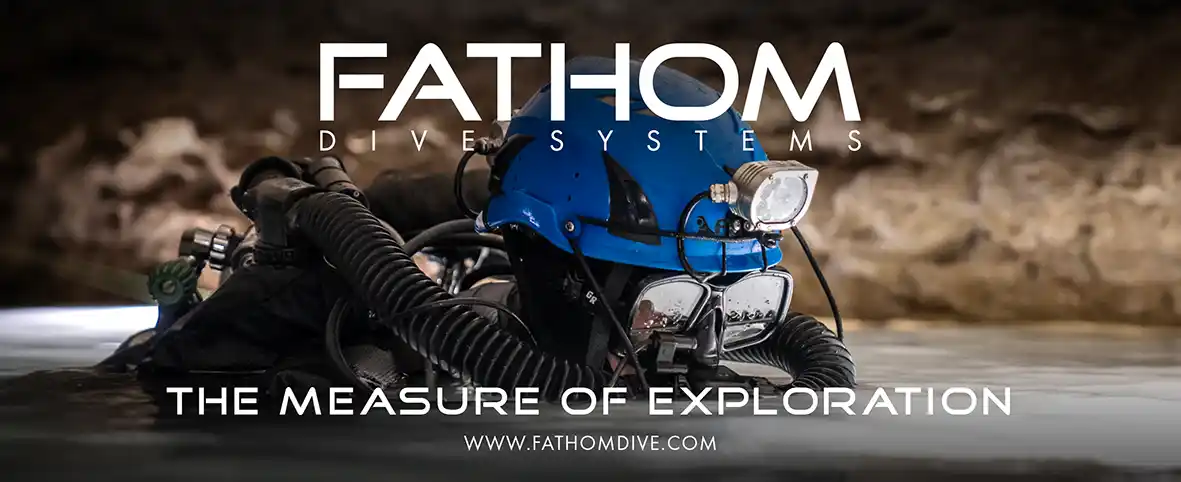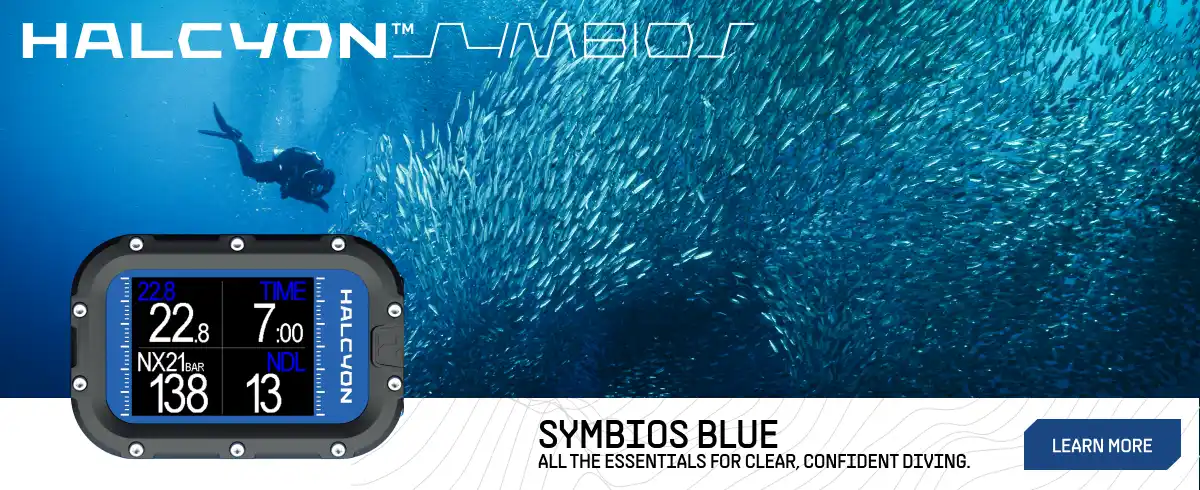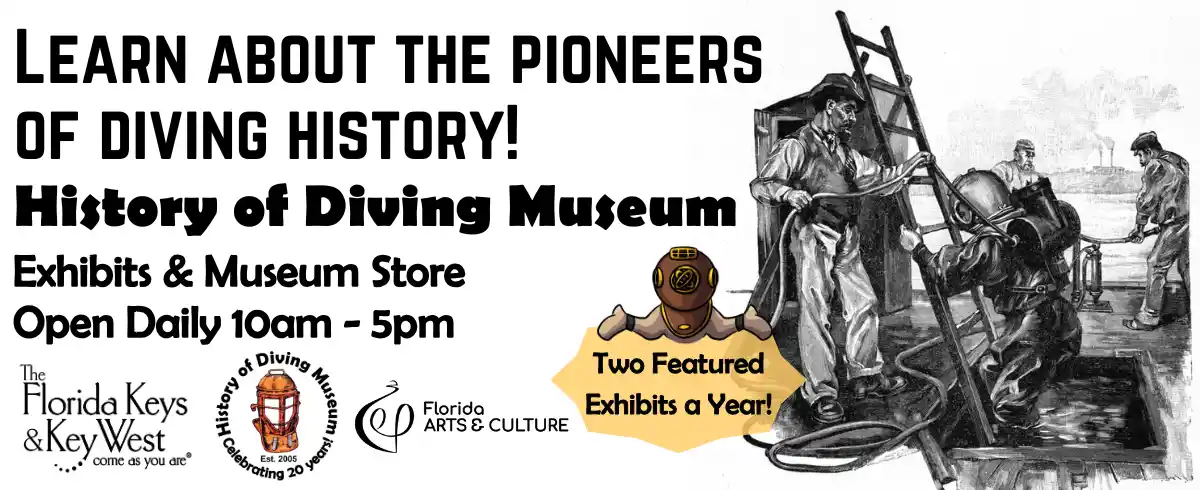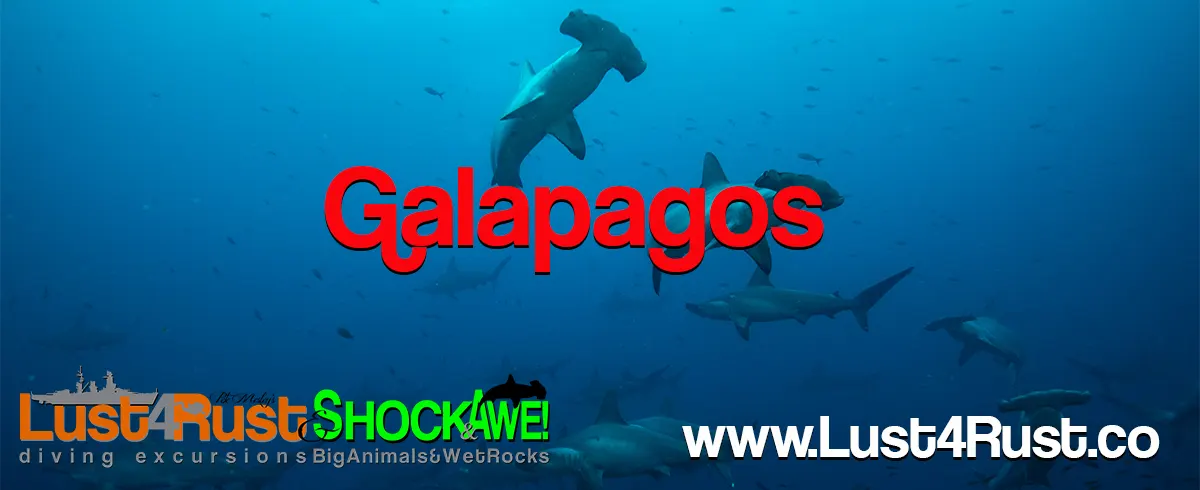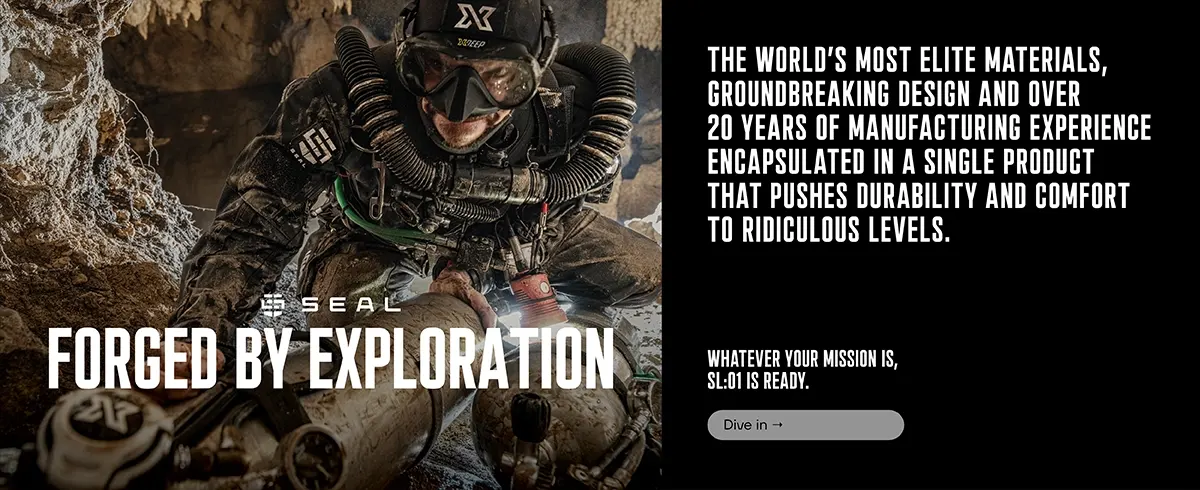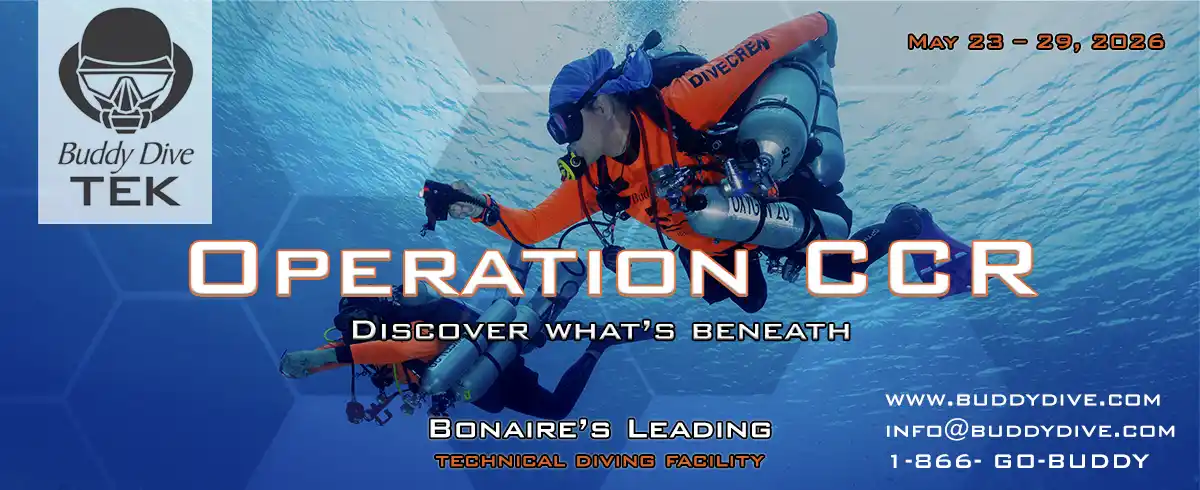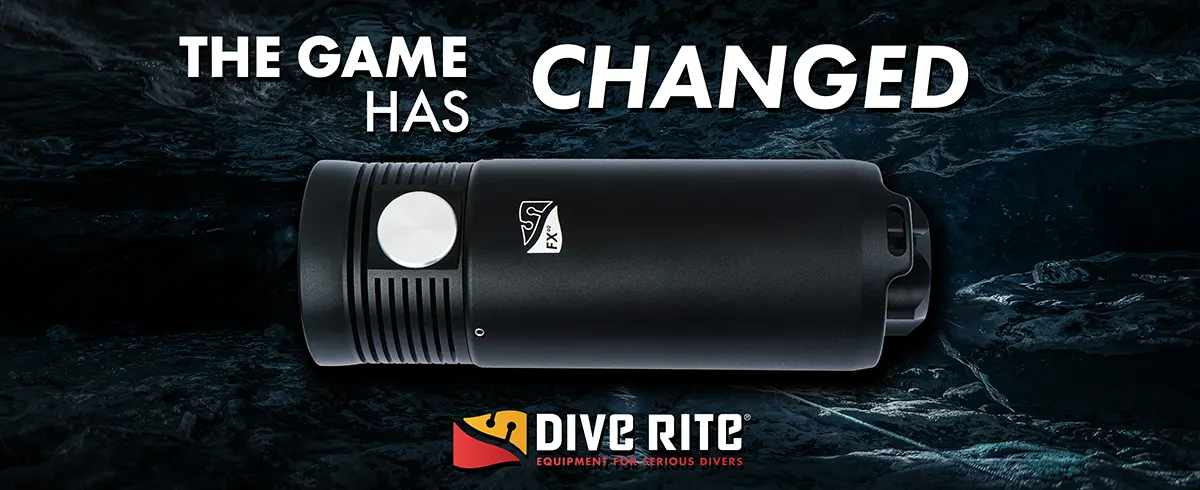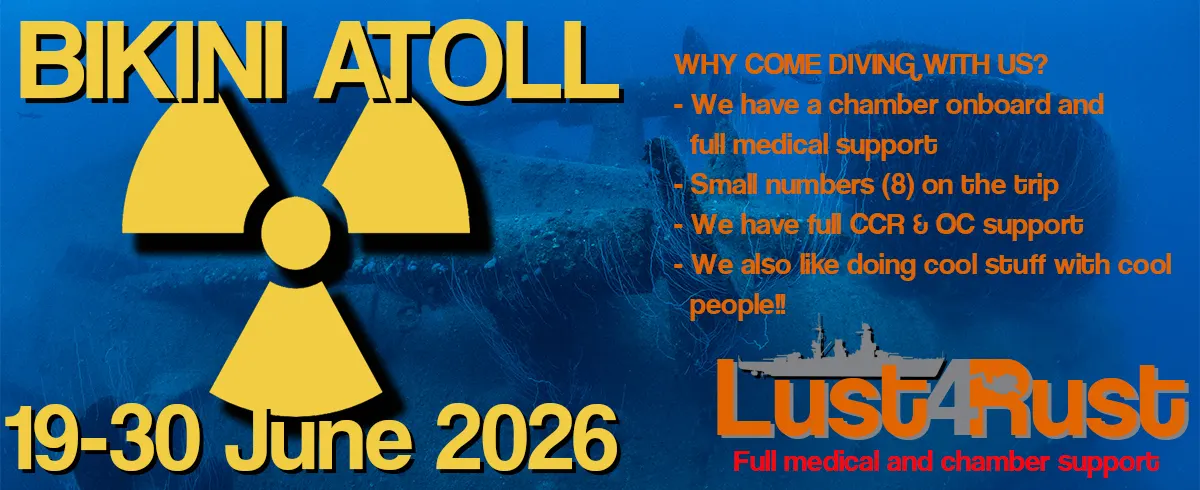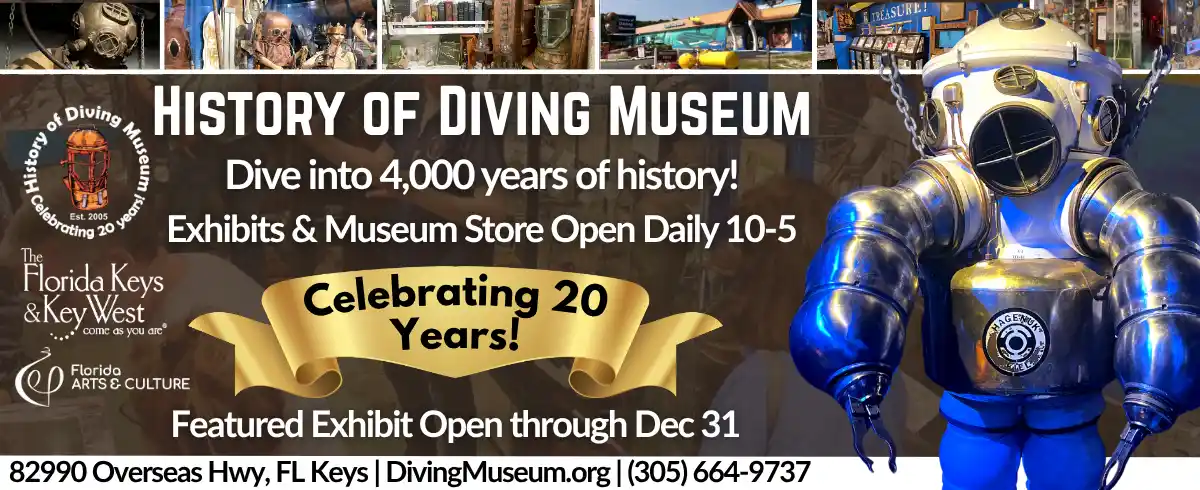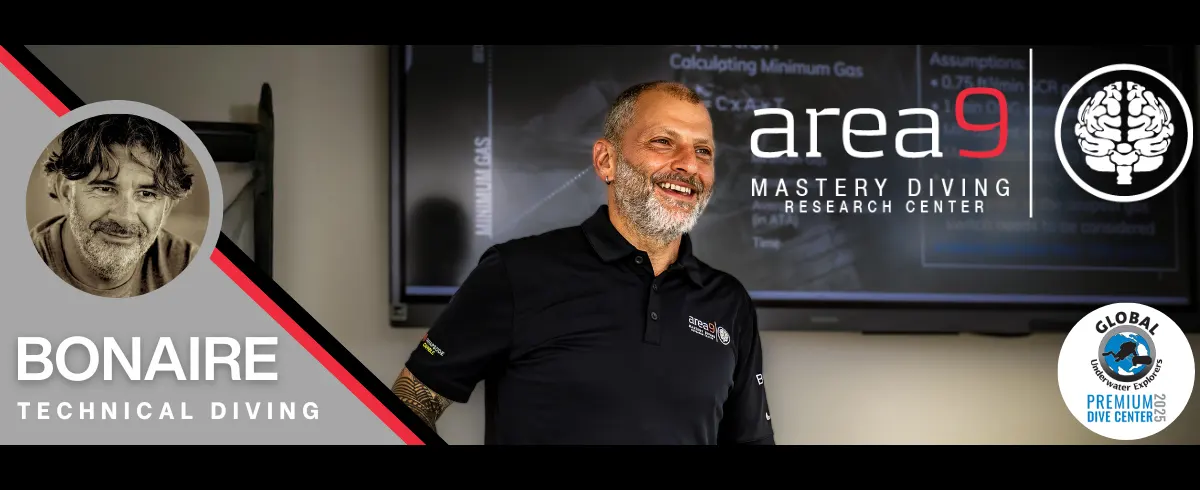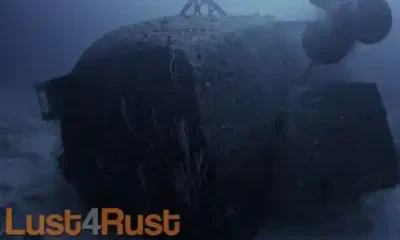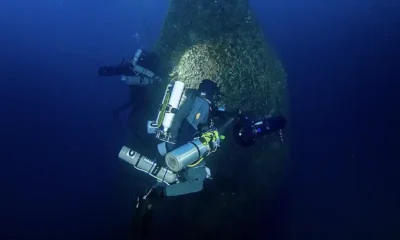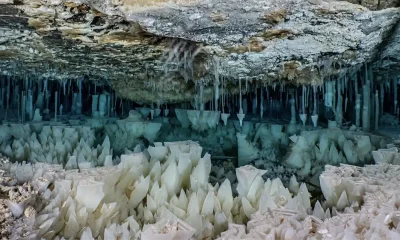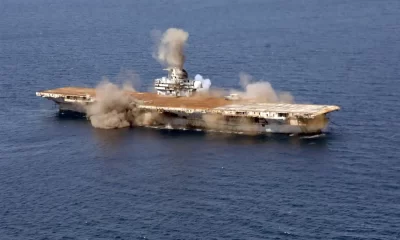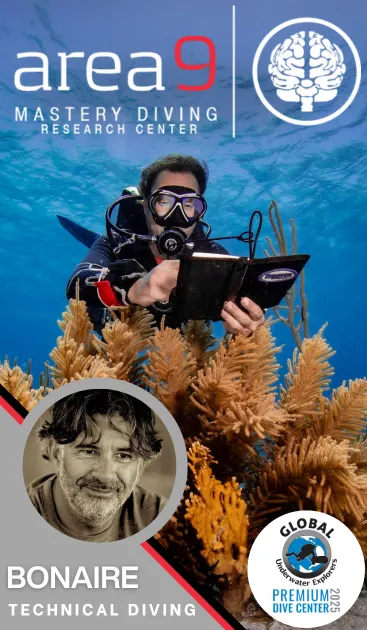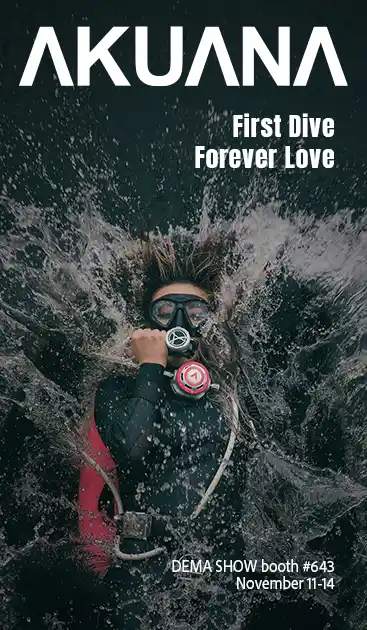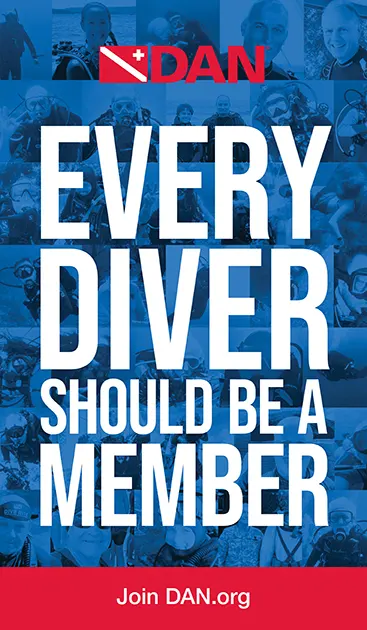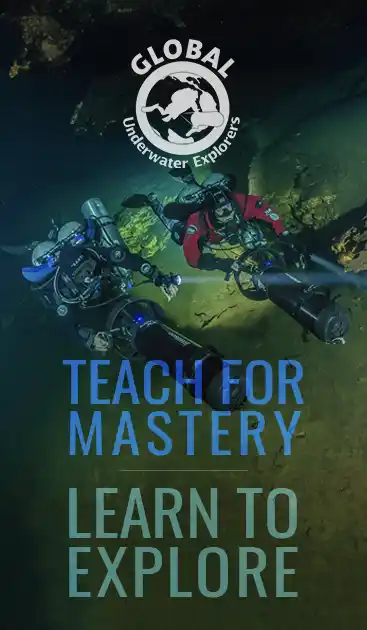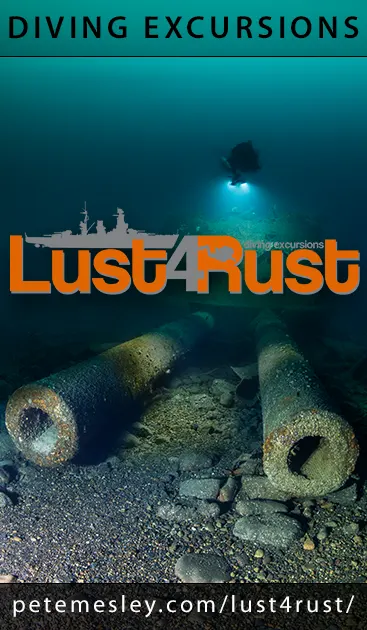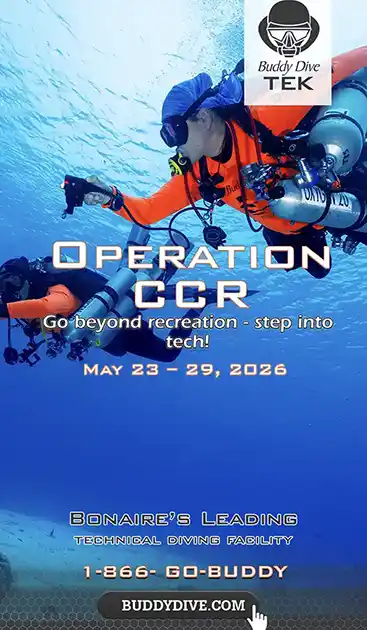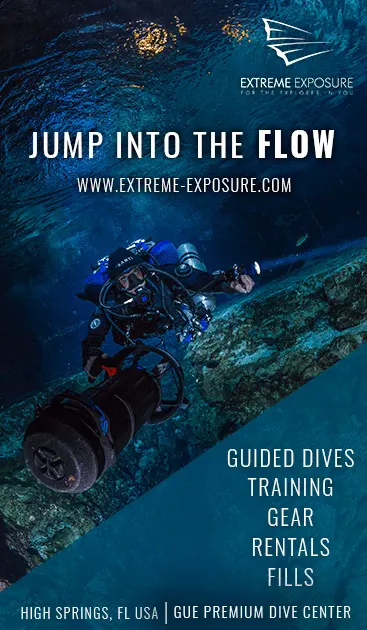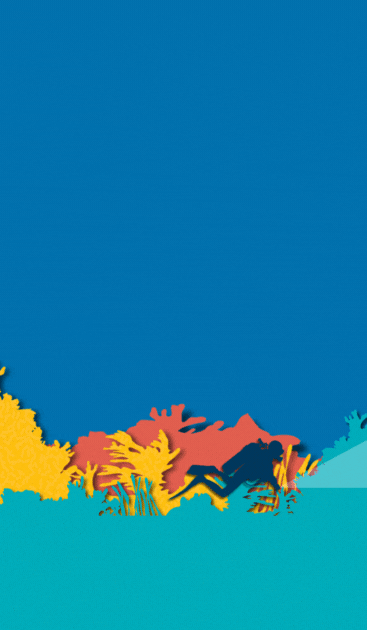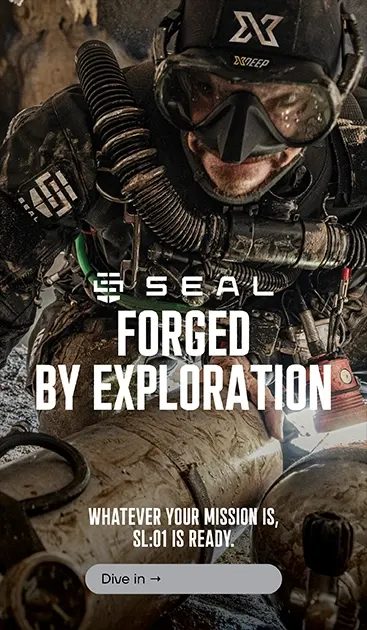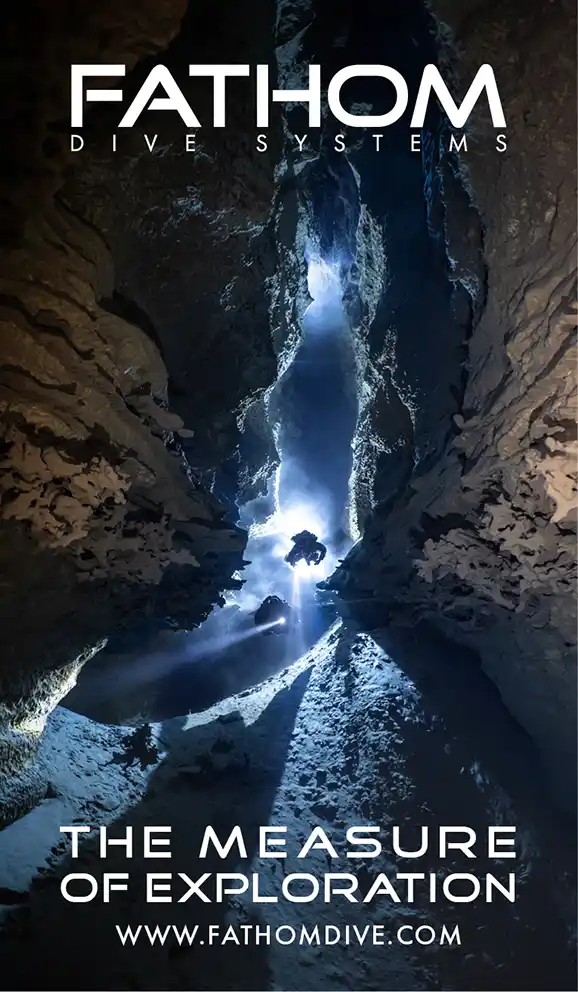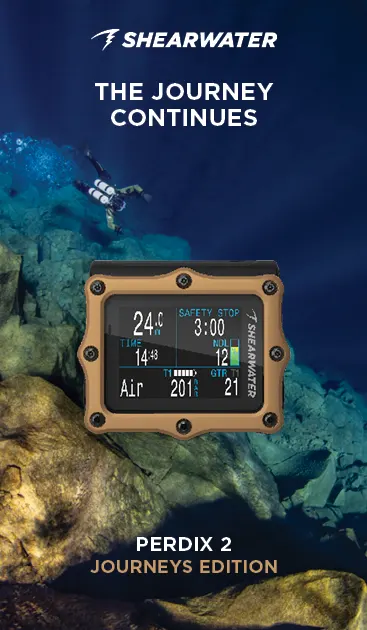

Latest Features
Diving Back to Life: How The Underwater World Helped Healing
As an inspiration to others, Kaddi Pajaro shares her story of how diving, especially within the Global Underwater Explorers (GUE) community, has been crucial to her recovery from breast cancer. Her goal of becoming a GUE certified technical diver suddenly seemed out of reach when she received her diagnosis, but she embraced her fear and followed her passion to an amazing adventure.
by Kaddi Pajaro. Photos courtesy of Keith Kreitner and the author.
My diving story began when I was twelve years old and on vacation in Kenya with my father, a passionate diver who encouraged me to become a scuba diver. We dived together on vacations for years, and even though I took a few more courses in Germany, I dived by choice in warm water only. At 29, I quit my desk job and got certified as a diving instructor on Fuerteventura in the Canary Islands.
After that, I taught in Spain and Egypt and loved teaching people how to dive and sharing my passion with them. Then I met Keith Kreitner, a GUE instructor from Germany, and even though for 20 years I had preferred diving in warm water, he put me in a drysuit and showed me the beauty of Germany’s cold lakes. Starting with my GUE Fundamentals Course my journey of becoming also a technical diver with GUE began. At that time, I couldn’t have known what lay ahead.
Turning point
In addition to the joy of finally diving in Germany, I was incredibly happy to have someone by my side who shared my passion—someone with whom I could explore the underwater world. At the time, my biggest concern was managing our long-distance relationship between Hamburg and Leipzig. And then, overnight, my life changed completely. At not even 40 years old, I discovered a lump in my breast, and two weeks later, I received the devastating diagnosis—breast cancer. The moment I heard those words is etched in my memory. It was like I was watching my own body from the outside; everything the doctor said reached me in a muffled haze. I sat there, frozen and crying, seeing my death in front of me. Suddenly, the long-distance relationship didn’t seem like a problem at all—I would have given anything for that to be my biggest worry again.
From then on, everything moved incredibly quickly, and yet my world stood still. The initial shock soon gave way to an unstoppable fighting spirit. What followed was a year filled with chemotherapy, surgery, and radiation. My days revolved around doctor’s appointments, treatments, devastating side effects, overwhelming fear, and juggling many other personal challenges unrelated to my illness. For example, I had a child who was just starting grade school.
In a life like this, there wasn’t much space left for “free time”—or for diving.

Diving through chemo
The first chemo treatments were, as many are aware, really tough. Along with all the typical side effects, including hair loss, I dealt with nausea, weakness, exhaustion, and pain. When I switched to the second chemo cocktail, the side effects changed a bit, and I was able to accompany my partner to his courses. He’d pick me up after chemotherapy, slept while driving to the diving sites, and then sleep through the next day. But after that, I’d go to the lake, watch the divers, and take walks. Little by little, the desire to go diving began to grow.
But, with that desire came a lot of questions. Could I even dive with both an implanted port and on medication? Would it be too physically demanding? How would my body react underwater?
The disease had made me more sensitive, more anxious, and not as physically strong as I had been. I started reaching out to doctors from my diving network for advice. Thankfully, I had a big community to turn to. Keith was well-connected across Germany, and we often spoke with a doctor and fellow GUE diver at the breast center in Berlin. I realize that few people have access to this kind of network, and it’s common for doctors unfamiliar with diving to quickly advise against any physical exertion or so-called “extreme” sports, more out of an abundance of caution as well as lack of knowledge than for real medical reasons.
Current medical advice supports the practice of physical activity during cancer treatment, for it is believed to be incredibly beneficial for the patient’s quality of life, fatigue levels, anxiety, depression, muscle endurance, and a general sense of well-being. Despite some side effects and low blood counts from the chemo, I could find no medical reason to avoid exercise or sports. And as it turned out, the implanted port wasn’t an issue either. More than anything, the thought of being underwater filled me with excitement rather than fear.
Still, that first dive was a big step. We took every precaution to make sure I didn’t overexert myself—someone carried my gear to the water, we always stayed shallow, and we chose a familiar site: Lake Hemmoor in Germany. Safety always came first, and we knew we could abort the dive at any time.
Those first few meters felt strange, almost unreal, as I carefully eased myself into the experience. But with every meter, my confidence grew. And then that feeling I love so much—the calm, the weightlessness—slowly took over. I relaxed, and it turned into a beautiful dive. Inhale, exhale—just like meditation. And, as it happens, meditation is highly recommended for cancer patients.

Recharging
I continued to embark on numerous other dives, which restored a great deal of joy and self-determination in my life. The GUE dive community played a significant role by providing me with a sense of safety and ample support. Just two days after my final chemotherapy session, I boarded a plane to Egypt for a diving liveaboard, leaving the first phase of my therapy behind. I needed a chance to take a break from therapy and recharge my batteries. Once again, I was surrounded by wonderful people: my partner Keith, who was always by my side, and Faisal from Red Sea Explorers, who ensured maximum security and support on board. This might seem extreme and unimaginable to many cancer patients. Naturally, no one can make a general recommendation for diving with such a serious illness. But for me, it was the perfect choice because, even in illness, life goes on. And I wanted my life to be filled with things that benefitted me. There was no reason for me to wait.
After chemotherapy, I had surgery followed by radiation. But, even during that time, I kept diving because it was a source of energy for me, it provided a sense of belonging, allowed me to make a connection to life, and gave me something to look forward to. After the intense therapy and rehab, I received the incredible news that I was cancer-free! Shortly afterward, I completed GUE Tech 1 in Spain and, the next year, CCR 1. When I was diagnosed in 2022, neither I nor anyone else could have imagined I’d be diving again, let alone technical diving. It’s 2025 now, and I’m diving in ways I never thought possible during my illness. I’m traveling the world again and I’m also teaching divers again.

Do What You Love
I encourage everyone to pursue their passions—whether you’re a holiday diver or a technical diver. It’s not about performance or certifications; it’s about what brings you joy. I’m not saying every cancer patient can or should dive, but I’ll say this: a cancer diagnosis isn’t always a death sentence. Even in the face of a grim prognosis, life moves on, often too quickly, and you deserve to do what makes you happy, even during tough times.
We spend too much time waiting—for the weekend, the vacation, the kids to leave home, more money, weight loss, the project to be finished, better health, retirement. But life is a series of ups and downs. Things come together and fall apart. Waiting for everything to be perfect in order to be happy is unrealistic. Life is happening now.
Thankful
I am deeply grateful to everyone who stood by me during this journey, both above and below the water. Amid the difficult moments throughout my cancer journey, I had some of the most meaningful experiences of my life. Yes, cancer changes everything and treatment takes up valuable time. But it can also give you time—time to slow things down and focus on what truly matters. We all have limited time, and no one knows when it will run out.
I want to encourage all cancer patients to do what they love within their limits, stay active, and not let fear take over. No matter the challenges, there is always space for beautiful (diving) experiences.
A special thank you to Keith Kreitner, who supported me above and below the water throughout this difficult time. Thank you to my mom, who accompanied me to chemotherapy every week, cooked for me, and helped with childcare. And thank you to everyone who reached out, dove with me, or shared kind conversations at the dive site.

One in Eight
Finally, I urge every women to self-examine. One in eight women will be diagnosed with breast cancer in their lifetime. It’s terrifying, but breast cancer is one of the most common cancers for women, but it is now highly treatable, especially when caught early. We have the power to detect breast cancer ourselves, so take that chance and embrace personal responsibility.
DIVE DEEPER
InDEPTH: Harnessing AI To Revolutionize PTSD Therapy Through Diving (2023) by Diana Giorgetti
InDEPTH: Don’t Panic: Understanding the Causes and Remedies of Diver Panic (2022) by Laura Walton
InDEPTH: Is Animal Testing Still Needed in Diving Medicine? (2024) By Mark Cowan

Kaddi grew up in Leipzig, Germany, studied business, and worked with several non-profits and cultural enterprises. She left Germany to work as a scuba instructor. After returning and becoming a mother, she spent years in marketing and finance. During that time, she developed an enthusiasm for yoga; it taught her focus and to let go of performance-driven ideals. After her cancer recovery, she returned to the diving industry, working alongside her partner, GUE instructor, Keith Kreitner. Kaddi holds GUE technical and rebreather certifications and works as an open water instructor for IAC. She enjoys empowering divers, especially women, to overcome their fears and pursue what they love.

